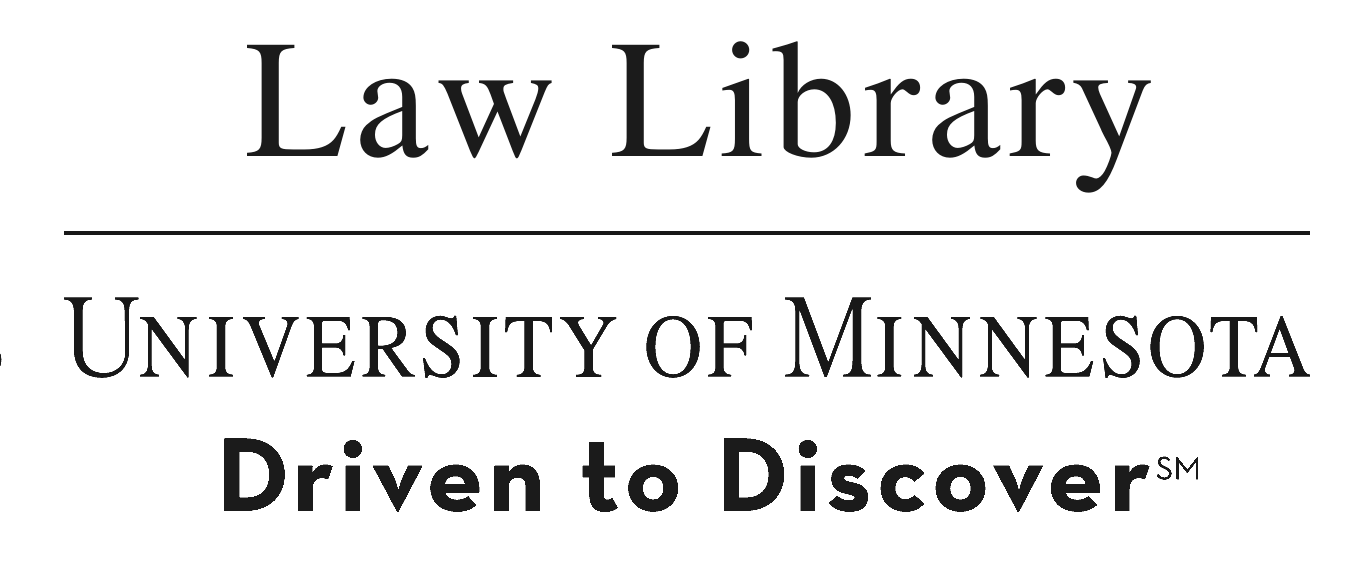Optimal Liability for Optimistic Tortfeasors
Publication Title
European Journal of Law and Economics
Volume
41
Page
559
Year
2016
Abstract
As Alicke and Govorun (2005, p. 85) observed, “most people are average, but few people believe it.” Optimism and other forms of inflated perception of the self lead parties to exercise suboptimal precautions when undertaking risky activities and often undermine the incentive effects of tort rules. In this paper, we analyze two forms of optimism: the “better-than average effect” and the “blind spot bias.” Taken together, these biases undermine several critical assumptions, upon which law and economics scholars have relied when modeling the incentive effects of tort law. The better-than-average effect hinders a person’s ability to assess risk, and the blind spot bias prevents her from fully correcting her misperceptions. In this paper, we construct a model representing the incentives of “optimistic” tortfeasors and victims, and consider mechanisms for mitigating the effects of biased decision-making. We discover the surprising conclusion that in some circumstances, the most effective strategy for mitigating the effects of optimistic misperceptions may simply be to “forgive” them — i.e., to shield biased individuals from liability, rather than holding them liable for the harms they cause.
Recommended Citation
Francesco Parisi and Barbara Luppi, Optimal Liability for Optimistic Tortfeasors, 41 559 (2016), available at https://scholarship.law.umn.edu/faculty_articles/721.


